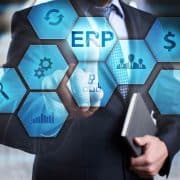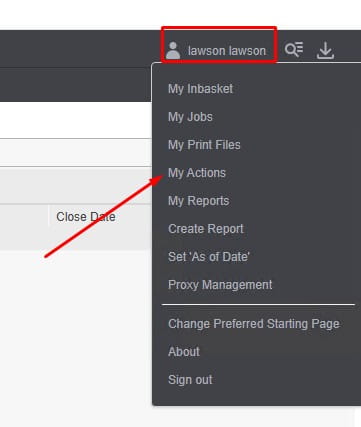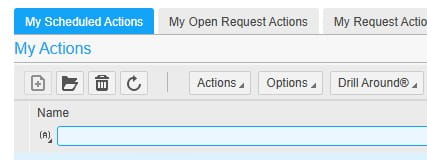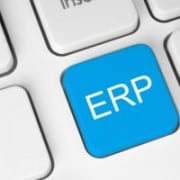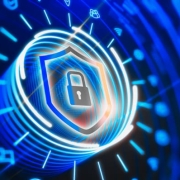In the IT world, especially within industries like food and beverage, we constantly face the challenge of building enterprise resource planning (ERP) systems that meet unique business needs without overcomplicating operations. As Shiv Kaushik highlights in his Forbes article, finding the right balance between customization and standardization is crucial for ERP success. Too much customization can create long-term issues, while an over-reliance on out-of-the-box solutions may limit business flexibility. Kaushik stresses the importance of a hybrid approach: “configure-first, customize-when-necessary.” This methodology allows IT teams to leverage the flexibility of configuration tools within modern ERP platforms while avoiding the pitfalls of excessive customization. A focus on standardizing core processes, while customizing only when absolutely necessary, reduces complexity, minimizes upgrade costs, and ensures smoother future integrations. For IT professionals, this means conducting thorough business capability assessments to distinguish between core differentiators that require customization and commodity functions that can be managed through standard ERP modules. By leveraging industry-specific ERP solutions and configuration tools (such as role-based dashboards and low-code platforms), organizations can accelerate implementation and avoid the technical debt that often accompanies custom-built systems. Kaushik also emphasizes the value of strong governance, including continuous oversight and iterative improvements post-implementation. This ensures systems evolve alongside the business without unnecessary bloat. Ultimately, the key takeaway for IT professionals is this: balancing flexibility with control is critical to achieving an ERP system that’s both scalable and future-proof.

